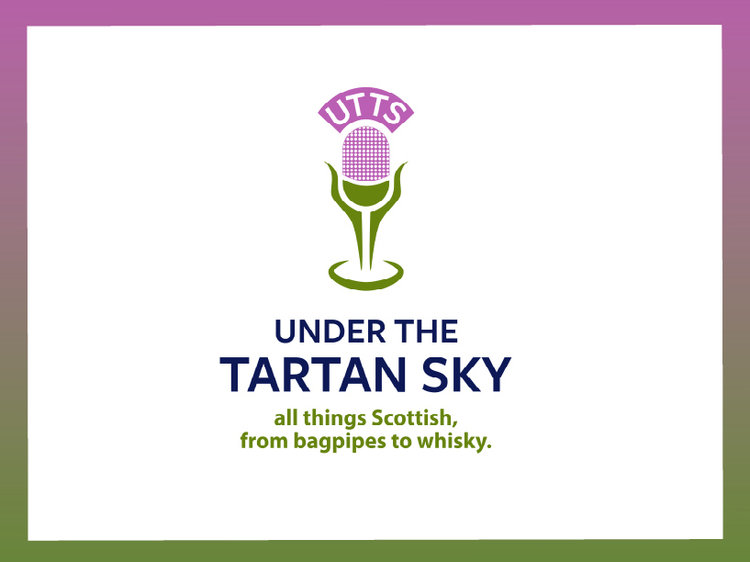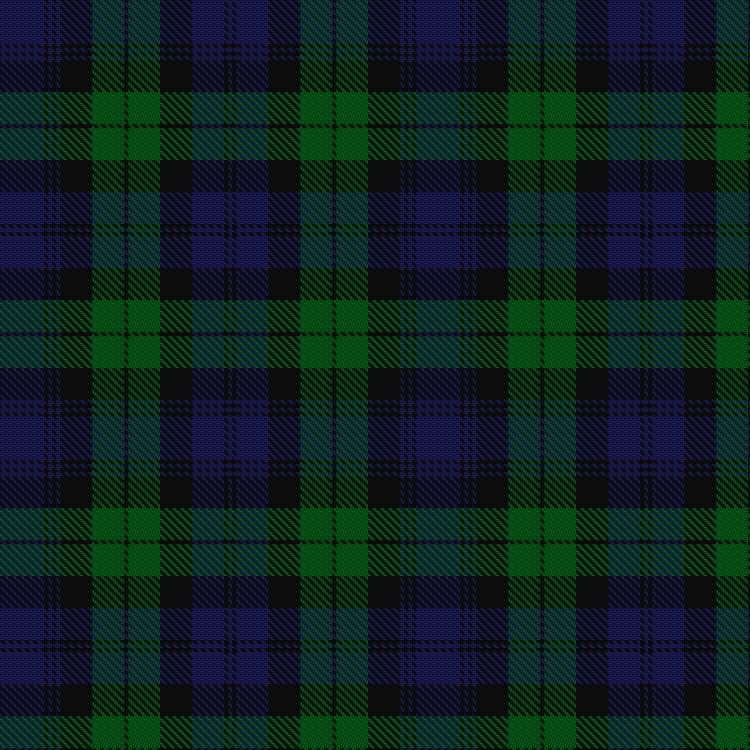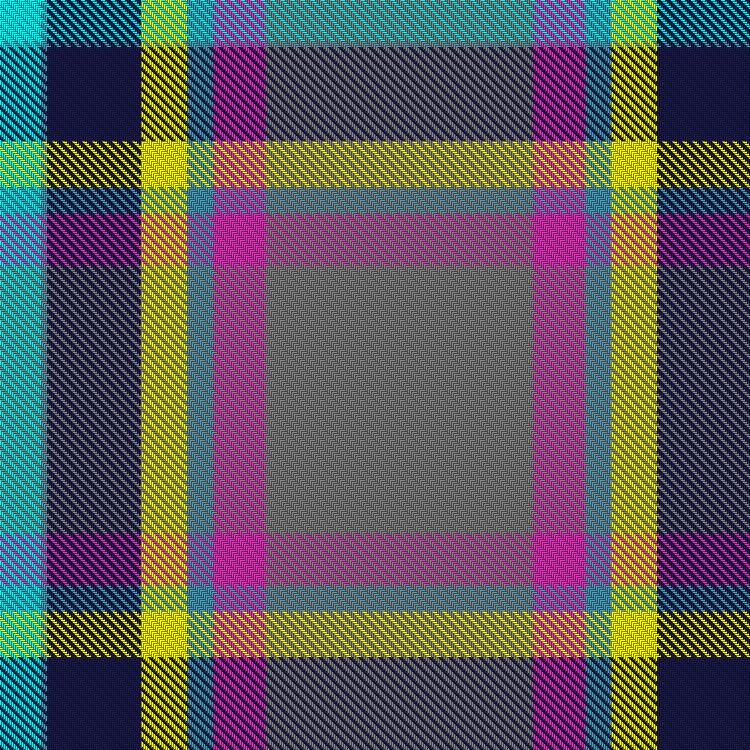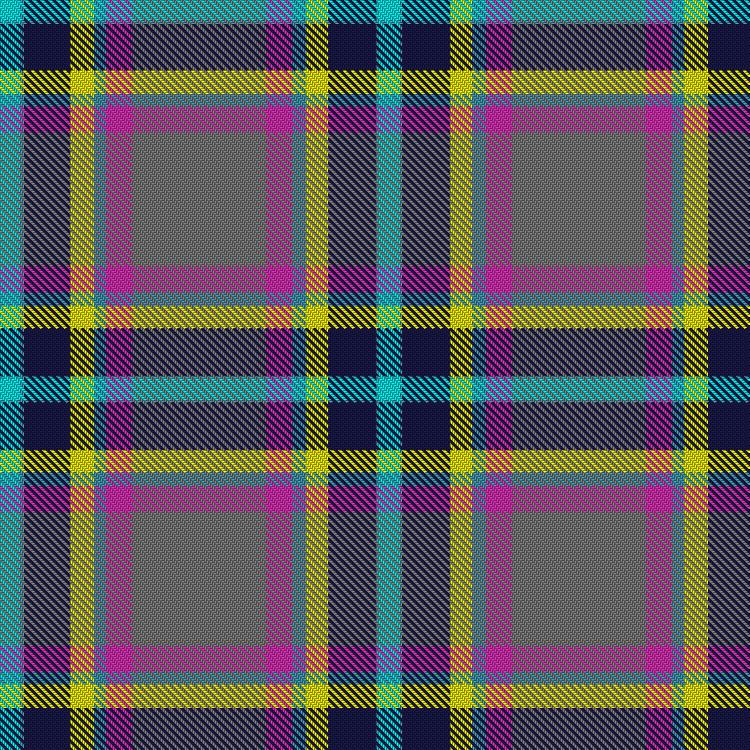Tartan – a simple pattern of crisscrossed horizontal and vertical bands in multiple colors. While it did not originate there, few today associate tartan with anything other than Scotland. It is "the fabric of Scotland."
There can be little question that tartan is a fabric of identity. When acknowledging one’s Scottish heritage the first question you’re likely to be greeted with is – What’s your clan, what’s your tartan?
Yet, clan tartans are generally thought not to date earlier than the beginning of the 18th century. The visit of King George the 4th to Edinburgh in 1822 and the romantic novels of Sir Walter Scott and others are credited with beginning the great widespread popularity of tartan and its adoption as the “national dress of Scotland.” Indeed the naming and registration of official tartans had begun only 7 years earlier in 1815 and at that time many clan chiefs truly had no clue as to their true tartan.
Two of the most popular tartans in the world - the Royal Stewart, Queen Elizabeth II's official tartan, and the Black Watch used by multiple units of the British Army.
By its very nature, tartan is a cloth of global identity with its roots in Scottish history. It was originally nature, not clans, that determined the tartan one would wear. Typically a weaver in a community would create a tartan using the natural resources at hand, plants and berries to create colors with which to dye the fabric, most often wool. Certainly the weaver would share this fabric with others in the community which in turn became like an extended family that was soon commonly identified by the color of the local tartan they wore. This was not initially to differentiate themselves from another community, it was a natural occurrence as the tartan they wore was what the local weaver produced. It was in this manner that tartan first became a cloth of "identity."
Today though there are thousands of tartans existent in the Scottish Registry of Tartans. They identify clans, companies, regions, organizations, causes, and individuals. Some are purely designed for fashion purposes. Indeed almost every state of the United States has its own official tartan.
The Scottish Tartans Authority is a registered charity and the only organization dedicated to the preservation, promotion and protection of Tartan.
And where do these tartans come from – well many originate with designers like Clare Campbell of Prickly Thistle.
Tucked away on the Black Isle of the Scottish Highlands, Clare is a relative newcomer to the field of bespoke tartan design and she brings with her a refreshingly unique, no rules approach to the task. While deeply respectful of tartan and its highland traditions, Clare admits to a desire to bring a bit of disruption and innovation to the industry. She is quick to say you do not have to be Scottish to know, love, and appreciate tartan, or to have a tartan of your very own. Clare calls this having “your story woven into the fabric of Scotland.”
Clare's approach is to work closely with her clients to help define their "story" and the elements that help to tell their story. This might be things like favorite colors, important dates, events and unique experiences, business plans and more. From these elements she then develops a color palette and a variety of initial design interpretations from which she and the client then work to create a final design. As part of her client service, the new tartan is officially registered with the Scottish Register of Tartans.
A recent Prickly Thistle client, John Oag, CEO of Loch Ness Water and their tartan designed by Clare Campbell.
This new tartan, designed by Clare Campbell for client Skyscanner, demonstrates her willingness to look beyond the Highland traditions of tartan, in design and color schemes, while recognizing tartan's unique role as a globally accepted fabric of identity.
Clare's next goal is to open her own mill, creating jobs in her home region of the Scottish Highlands, where the designs she creates can be woven into the "fabric of Scotland" and delivered with a complete and genuine "made in the Scottish Highlands" provenance.
For more on Clare, Prickly Thistle, and tartan in general, see the links below, and don't miss our other podcast episodes on the subject of tartan.



















Tartan is a cultural icon of Scotland. Traditionally it is a patterned woven cloth, typically wool, that consists of criss-crossed bands of color both vertically and horizontally creating a distinctive pattern of squares and lines. Today tartan is no longer limited to textiles – the term has come to mean the pattern itself as much as a cloth and one Glasgow artistan is proving this by creating dazzling tartan inspired designs using fused glass.